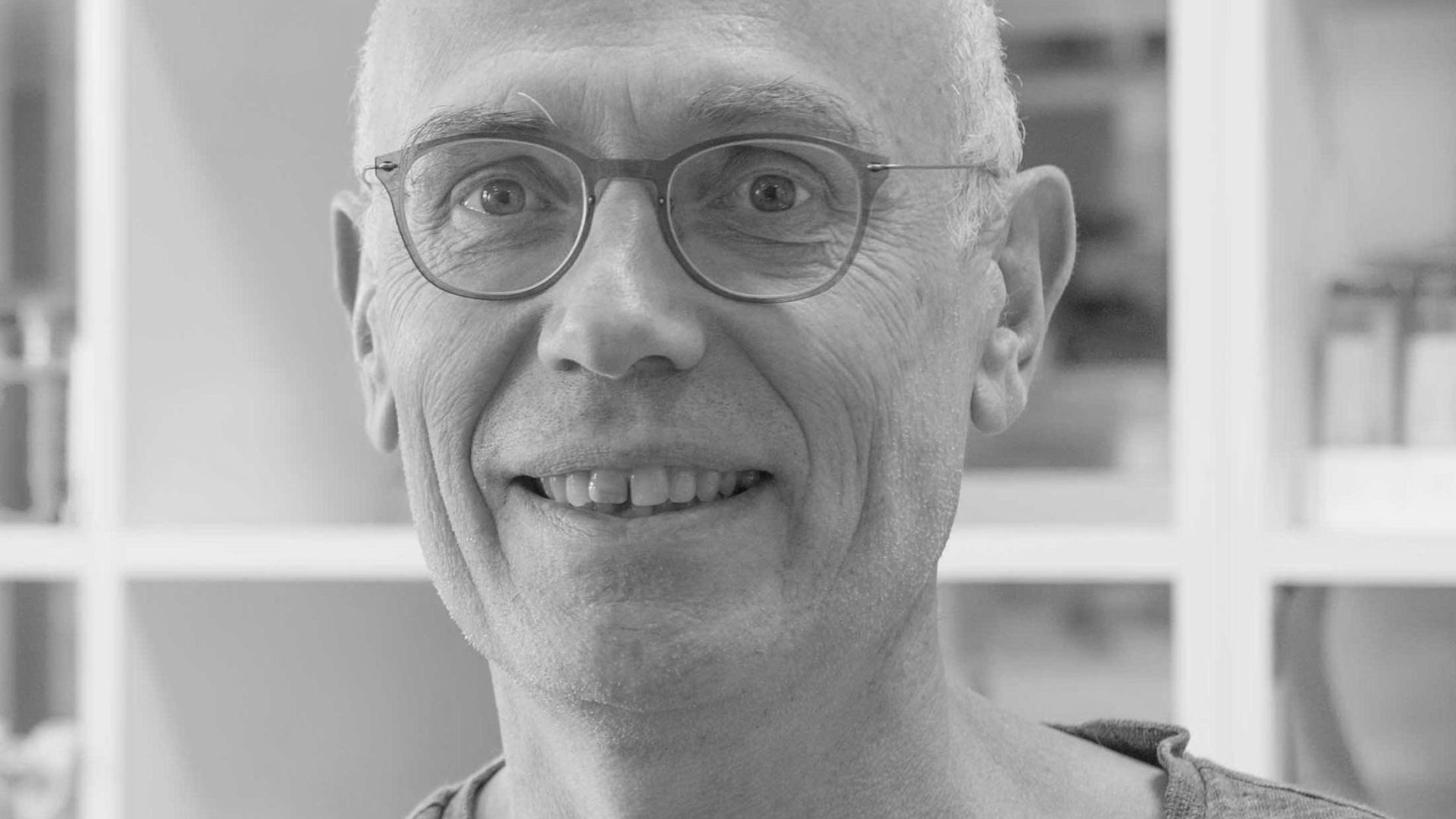François Schweisguth
From: Pasteur, Paris
April 22 at 11:00, CB Conf.
Dynamics of self-organized patterning in Drosophila
Pattern formation in developing tissues often involves self-organization guided by positional information. In most tissues, however, the dynamics of patterning, and therefore the underlying logic, remains unknown. Focusing on self-organized patterning by lateral inhibition, I will first discuss the intercellular negative feedback loop model in the light of our real time analysis of Scute dynamics in the abdominal epidermis of Drosophila. Revisiting the textbook model of lateral inhibition describing the selection of neural cells as a two-step process, I will discuss how self-organized Notch signaling can act in a continuous manner to both pattern proneural stripes and single out neural cells at the tissue scale in the dorsal thorax. Extending this view to the developing eye, I will describe how rows of light-receiving units emerge in the wake of a traveling differentiation front to form a crystal-like array. In this context, live imaging of the proneural factor Atonal reveals unanticipated oscillations at the front, which are produced by the successive activation of two distinct enhancers and associated with pulsatile Notch signaling. This observation, inconsistent with current models of eye patterning whereby each row of differentiating cells provides a negative template for the next, led us to propose a new relay model in which transient Notch signaling from differentiating cells provides a positive template for the onset of differentiation two rows ahead, conveying both temporal and spatial information to propagate oscillations and crystal-like order.

